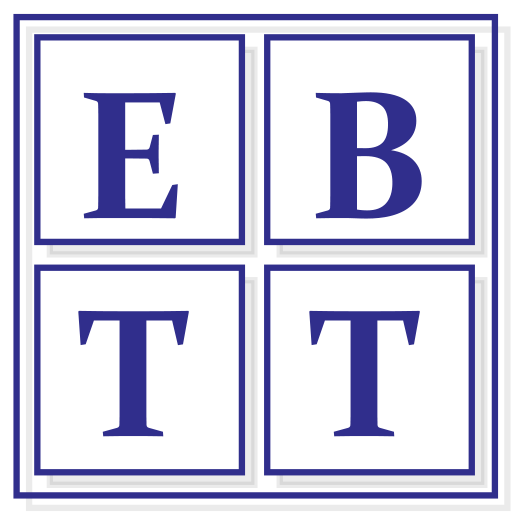Job description: the least sexy and most used tool in HR

“Job descriptions are the least sexy part of HR.“
VOTING!!
I’ll take the voting sheet offline on 7 July 2018 at 8.00 p.m. CET and report back to you about the results soon after.
no one likes job descriptions (JDs)
- It takes quite some effort to write a good one
- Once it is written, it gets filed and becomes outdated within no time
But, still, in the context of building trusted HR practices, I have to put this topic back on the agenda. Simply because JDs are multifunctional. They are used as points of reference in many HR processes:
- Selection and recruitment management
- Succession and talent management
- Learning and development
- Employment contract and exit management
- Job evaluation, compensation and benefits
- Performance management
- Organization design and development
- Etc.
This increases the importance of the quality of JDs and the processes in place for their creation and maintenance. Furthermore, the quality of JDs has a direct impact on the quality of every C&B (and other HR) process that uses them as input.
The content of a JD and the way it is developed, documented, maintained and communicated will determine to what extent employees trust JD-related practices. The level of trust in JDs will directly influence employee trust in any HR practice that uses JDs as a point of reference.
Case study
Let’s assume we analyse the practices of a medium-sized company and find no specific policy and/or procedure for JDs. There exist some references to JDs spread out across various processes (recruitment, job evaluation). We even find templates with details about the content of JDs and some description about whom prepares and approves JDs, and when – I believe many of you recognize this approach.
Attention to the following 4 dimensions may bring about quick wins in the journey to optimize these practices in order to build and cultivate trust among employees.
- Level of abstraction
- Completeness across all purposes
- Static document vs. dynamic work environment
- One-sided description

Once the level of abstraction of the description exceeds the optimum level, the multipurpose nature of the JD starts to suffer. While a high level of abstraction of the descriptions still serves job evaluation purposes well, the JD becomes suboptimal for use in other processes (recruitment, contracting and exit, etc.).
More importantly, when the level of abstraction gets too high, employees may not fully recognize their role in the description anymore. Rather, they may find that relevant dimensions of their role are not included in it. The consequences of this are severe: employees will have no trust in any of the processes and their outcomes (decisions), which are taken on the basis of, or with reference to, the JD.

On the one hand, there is a risk of losing clarity of the elements, which have been considered during decision-making (in which a JD serves as one of the inputs). If the decision refers (directly or indirectly) to clearly and explicitly described content in the JD (which is known and agreed by the employee), the employee will recognize the grounds for the decision. Even if he/she is not happy with the outcome of the decision, he/she will understand and accept it if the decision is congruent with the content of the JD. Such congruent decisions cultivate employee trust.
If references to the JD are not explicit and clear (or non-existent), the employee will have a different experience: raising questions, getting annoyed. This experience will destroy trust.
On the other hand, there is a risk of losing efficiency in the processes in light of the need to collect and verify information, which could have been included in the JD.

A major redesign of a job requires an immediate update of the JD. However, there is an alternative approach to deal with the other, ongoing changes in job content:
Integrating a brief “JD review” into the annual performance review (or onto the agenda of any other recurring formal interaction between the employee and the manager) can provide a framework, which resolves this issue, while offering a couple of extra benefits.
It is not about an extra review process, which HR wishes to impose on the shoulders of line managers. Rather, it is about including one extra question in the ongoing conversation with the employee:
“Was there any change in your role in the last appraisal period, which requires us to update the JD?”
An explicit reference to the “JD review” needs to be included in communications (to employees and managers), making clear that this question will be raised every year.
That is the moment to put the eventual discrepancies (between the content of the JD and the actual job) on the table. This should work in both directions in terms of adding and removing accountabilities.
If, during the “JD review”, the employee and the manager agree on updating the JD, HR/C&B will review the changes and advise whether or not the changes have any impact on the current job evaluation results.
As a JD is a formal document, the review needs to take place in a formal context as well.
The potential benefits of this approach are as follows:
- Improved employee experience in situations of (minor) changes in job content, which builds trust in HR practices
- Up-to-date JDs
- No (or much less than otherwise) ad hoc job grading requests, thereby improving the efficiency and quality of the job evaluation process
I would like to elaborate on my point about the impact of the concept of the “JD review” and improvements in employee experience and employee trust with the use of an example.
The interaction between manager and employee takes place often in daily practice, when the manager asks the employee to assume a new responsibility, which is not covered by the JD.
In an ideal scenario, the employee (Employee A) will be positive about becoming involved in something new, learning and enjoying new experiences. He/she will value the fact that his/her manager entrusts him/her with the new responsibility.
In a suboptimal scenario, the employee (Employee B) may feel disappointed and think that he/she will not be paid for this extra work.
If this interaction is repeated a couple of times or performing this additional area of responsibility lasts for a longer period, in the absence of a “JD review” framework, at a certain point, both employees (A and B) may feel that it is time to talk to the manager and ask for a review of the JD (and all other related aspects). Some employees find taking this step easier than others. In most cases, it may cause stress and frustration to both employees (A and B), as they may feel the need to ask for compensation for the extra work they are involved in. This can result in a rather protracted period of recurring frustration until the employee decides to raise the issue with his/her manager.
At the moment when this issue is raised, the manager will not necessarily be prepared to give the right answer, which can increase frustration in the employee. These negative experiences will destroy the employee’s trust bit by bit. The consequences are severe in all areas that are influenced by the level of employee trust (efficiency, quality, customer experience etc.)
If, however, there is a “JD review” framework in place, every employee (and manager) knows that this topic will be discussed at the time of the annual review. No need to worry about. It will happen, so both parties can prepare for the conversation. It sets expectations at the right level.
If the employee raises the issue before the upcoming “JD review”, the manager should have a simple, clear and congruent answer ready. This will ensure that the employee views the “JD review” as part of the company’s approach to change.

If a JD contains exclusive or dominant references to company interests, it will be considered as one-sided. We should not expect a positive employee experience when issuing such a document. Rather, it will always trigger frustration/annoyance, which will erode trust every time, where the JD is concerned.
The key to rebalancing the interests of the company and the employee in a JD is to find answers to the employee’s question, “What’s in it for me?”.
It is not about listing the elements of the reward package and applicable labour regulations. Contracts and policies are there to cover that. It is more about reflecting on the fact that the interests of the employee are also considered. This is very much rooted in the company’s culture and style of management; therefore, it needs to be tailored by each company. To elaborate on my point and inspire the reader, I’ve collected the following examples:
- The JD explicitly expresses the company’s intention to ensure mutual benefits for the company and the employee
- The style of the JD: the wording can either enhance or undermine the experience of using a one-sided document
- A reference to the “next JD review” should be included
- Clear references to the processes that use the JD as one of the inputs
- Etc.
Trusted HR practices:
JD – employee experience – employee trust
This paper is an attempt to draw attention to the direct link between the quality of JD-related practice, employee experience and its impact on the level of employee trust towards HR practices.
More reading materials about employee trust:
- Employee trust – the foundation of high performing organizations
- Employee trust – life satisfaction of employees
For more information about employee trust and developing trusted HR practices, please:
- Participate in our upcoming free webinar
- Visit ebtt.biz
- Email gyorgy.czanik@ebtt.biz
- Connect via LinkedIn at: https://www.linkedin.com/in/gczanik/
Photo © Shutterstock
The trusted HR Practice

Contact
GCZ International HR Services
division of BV Czanik & Vanhout
VAT: BE 0553.672.535
RPR Antwerpen afd. Hasselt
hello@ebtt.biz
Phone
+32 475 620 220
Address
Dommelhoflaan 26 3910 Pelt Belgium
The EBTT name and logo, the “The Trusted HR Practice” slogan are trademarks of GCZ International HR Services.
Copyright © 2018 GCZ International HR Solutions. All rights reserved.
